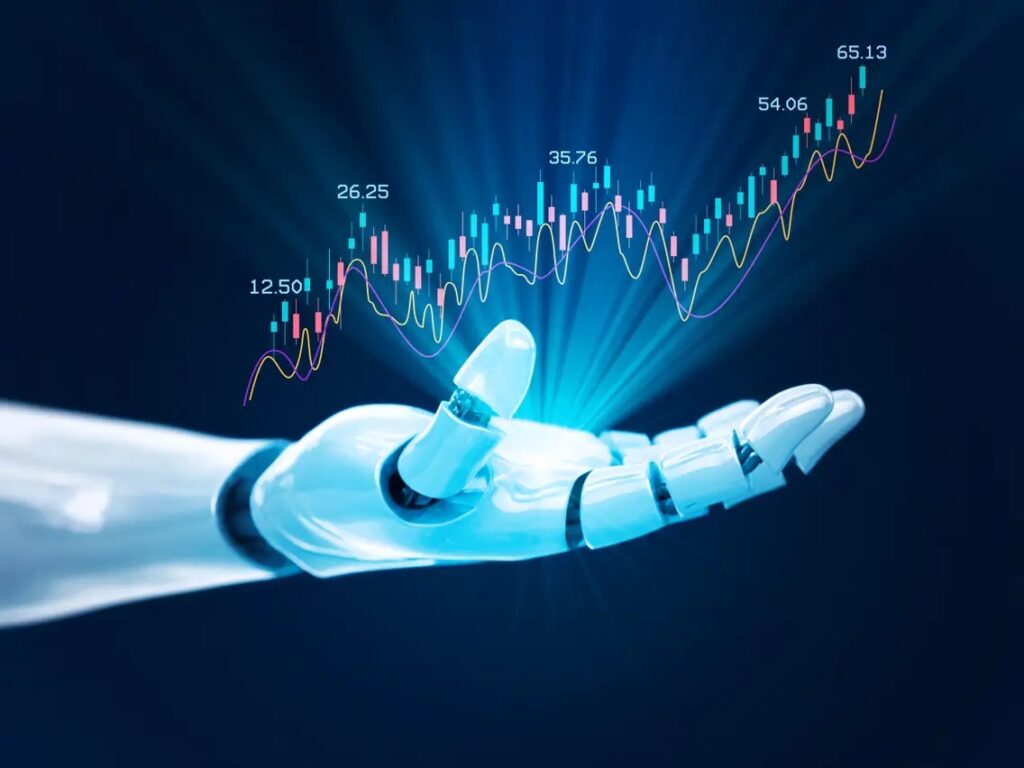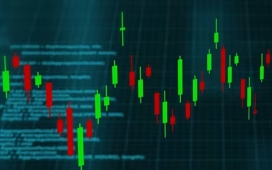Artificial intelligence (AI) is revolutionizing various sectors, including the trading industry. AI enables traders to improve their algorithmic trading strategies and simplify the backtesting process. Central to any AI system is data. To develop effective AI models for trading, traders require high-quality historical market data. This includes price data (OHLCV – open, high, low, close, volume) and fundamental data like financial statements, economic indicators, and sentiment data.
Once you have the raw data, you must clean and preprocess it before feeding it into AI models. Key steps include:
- Handling missing data points
- Normalizing data
- Creating new features (e.g. technical indicators)
- Splitting data into training and testing sets
Python libraries like Pandas are invaluable for data preparation. Careful data preprocessing is critical for building accurate AI models down the line.
Training AI models for trading
With clean, preprocessed data, you’re ready to start training AI models. There are numerous different types of AI models used in trading, but some of the most common are:
- Supervised learning models for predicting future price movements. This includes models like support vector machines (SVM), random forests, gradient boosting, and neural networks.
- Unsupervised learning models for finding hidden patterns and structures in the data. Clustering algorithms like K-means are often used for tasks like market regime detection.
- Reinforcement learning (RL) models are used to learn optimal trading policies through trial and error. RL models aim to maximize rewards (profits) over time.
Python is the go-to language for AI, and the sci-kit-learn library provides easy-to-use implementations of many popular models. For deep learning, libraries like TensorFlow and PyTorch are widely used. The key to successful modelling is experimentation. Be sure to tune hyperparameters and avoid overfitting the training data. Regularization techniques like dropout help.
Evaluating models with backtesting
Training an AI model is only half the battle you also need to evaluate it to see how it performs rigorously. That’s where backtesting comes in.
- Total return
- Sharpe ratio
- Max drawdown
- Win rate
Python libraries like Backtrader and Zipline provide powerful backtesting capabilities. They allow you to define your trading logic, execute trades, and generate performance reports – all with just a few lines of code. When backtesting, use walk-forward optimization and out-of-sample testing to get a true sense of model performance. Don’t overfit to historical data. Also, transaction costs and slippage should be considered to get realistic results.
Deploying AI trading models
Once you have a promising AI model that has performed well in backtesting, it’s time to deploy it in a live trading environment. This brings many new challenges around latency, scalability, and risk management.
- Implement your models in a production-grade language like C++ for speed
- Integrate with live market data feeds and trading APIs
- Set up monitoring and alerting to track real-time performance
- Implement risk management safeguards like position sizing and stop losses
Start with small position sizes and gradually scale up as you gain confidence in the live performance of your models. Always stay on top of model monitoring and be prepared to intervene if performance deteriorates. As AI technologies advance, they will undoubtedly play an ever-growing role in trading. Emerging techniques like deep reinforcement learning, generative adversarial networks (GANs), and transfer learning hold immense potential for the future. quantum ai trading Visit quantumai.bot for quantum ai trading.
Some exciting areas of ongoing research include:
- Using GANs to generate synthetic market data for more robust model training
- Applying transfer learning to adapt models from one market to another
- Building multi-agent RL systems that learn to trade in complex, dynamic environments
However, it’s important to temper the hype around AI with a dose of realism. Markets are noisy, non-stationary, and constantly evolving. There is no such thing as a perfect AI trading model.







